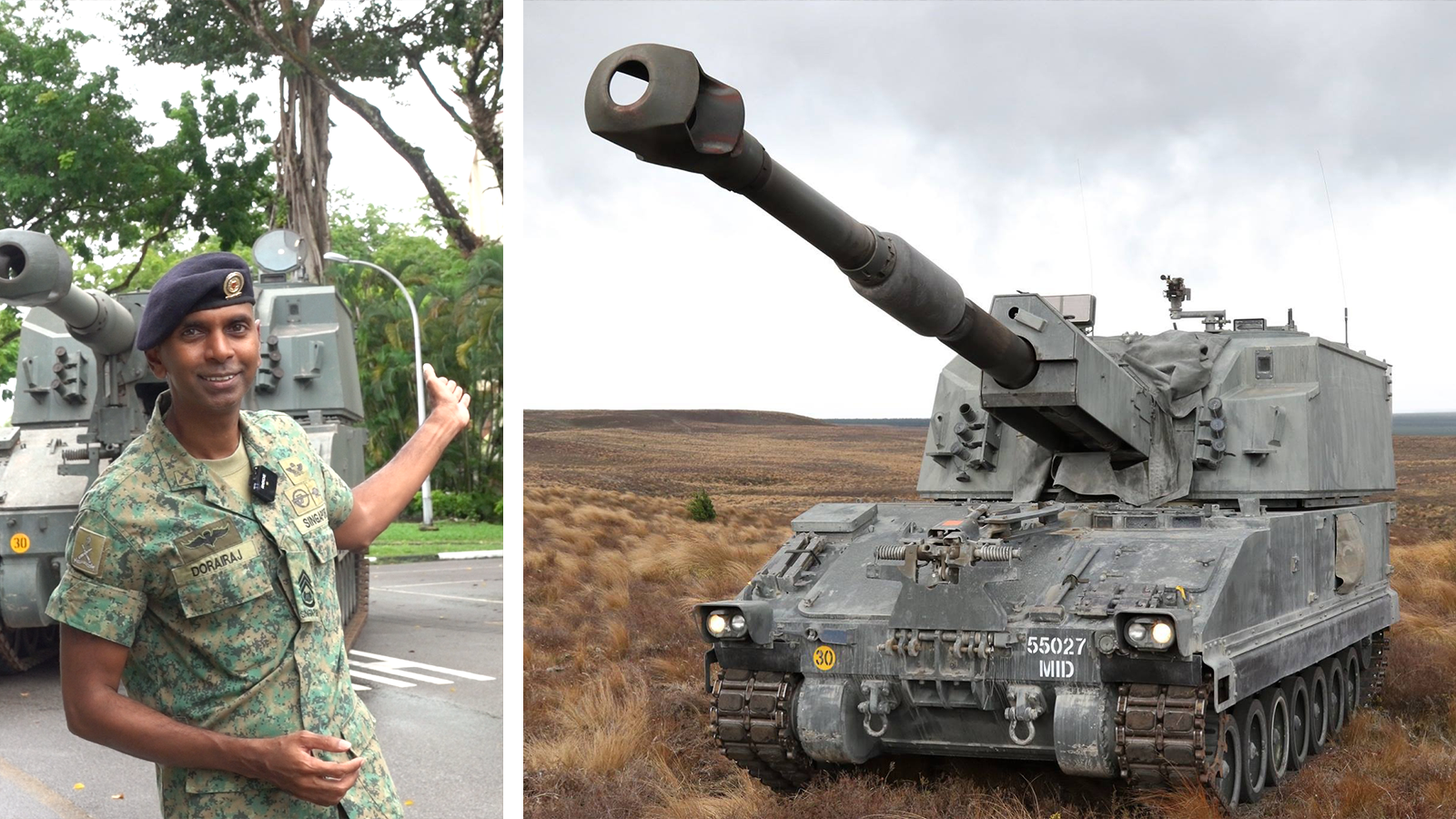
 NS55 – Evolution of Our Artillery Platforms (Mortar and Howitzer series)
NS55 – Evolution of Our Artillery Platforms (Mortar and Howitzer series)


In this week’s 55th Anniversary of National Service (NS55) feature, let us take a closer look at the evolution of our Artillery Platforms. Since the founding of the Singapore Volunteer Artillery on 22 February 1888, our Artillery Formation has made a conscious effort to improve our Artillery Platforms to cater to the different needs of Our Army.
We spoke to the Wing Head of Artillery Vocational Training School (AVTS) at Artillery Institute (AI), Master Warrant Officer (MWO) Dorairaj. Over his 25 years of experience, he held several Command and Trainer appointments in the Artillery Formation, most noticeably Battery Sergeant Major with the Singapore Self-Propelled Howitzer (SSPH) Primus, as well as Trainer at AI for platforms such as the Field Howitzer 2000 (FH2000), Mortar Tracked Carrier (MTC), Belrex Mortar (BM) and the 120mm Standard Mortar. MWO Dorairaj was also part of the project team for the SSPH Primus during its development phase and the pioneer team of trainers for the BM after its introduction. We chatted with him as he delved into how the Mortar and Howitzer series of guns have transformed throughout the years.
Howitzer Series
1988: Field Howitzer 88 (FH88)
The FH88, one of Singapore’s very first locally designed and produced Howitzer
Key Features:
1. 39-Calibre Howitzer
The FH88 was the first locally designed and produced 39-calibre howitzer. It is able to self-embed using power from Auxiliary Power Unit (APU) and also deploy at a fast rate unlike other weapon systems.
2. High Rate of Fire
Due to the flick rammer, the FH88 can also achieve a quick firing rate when deployed for operations.
1995: Field Howitzer 2000 (FH2000)
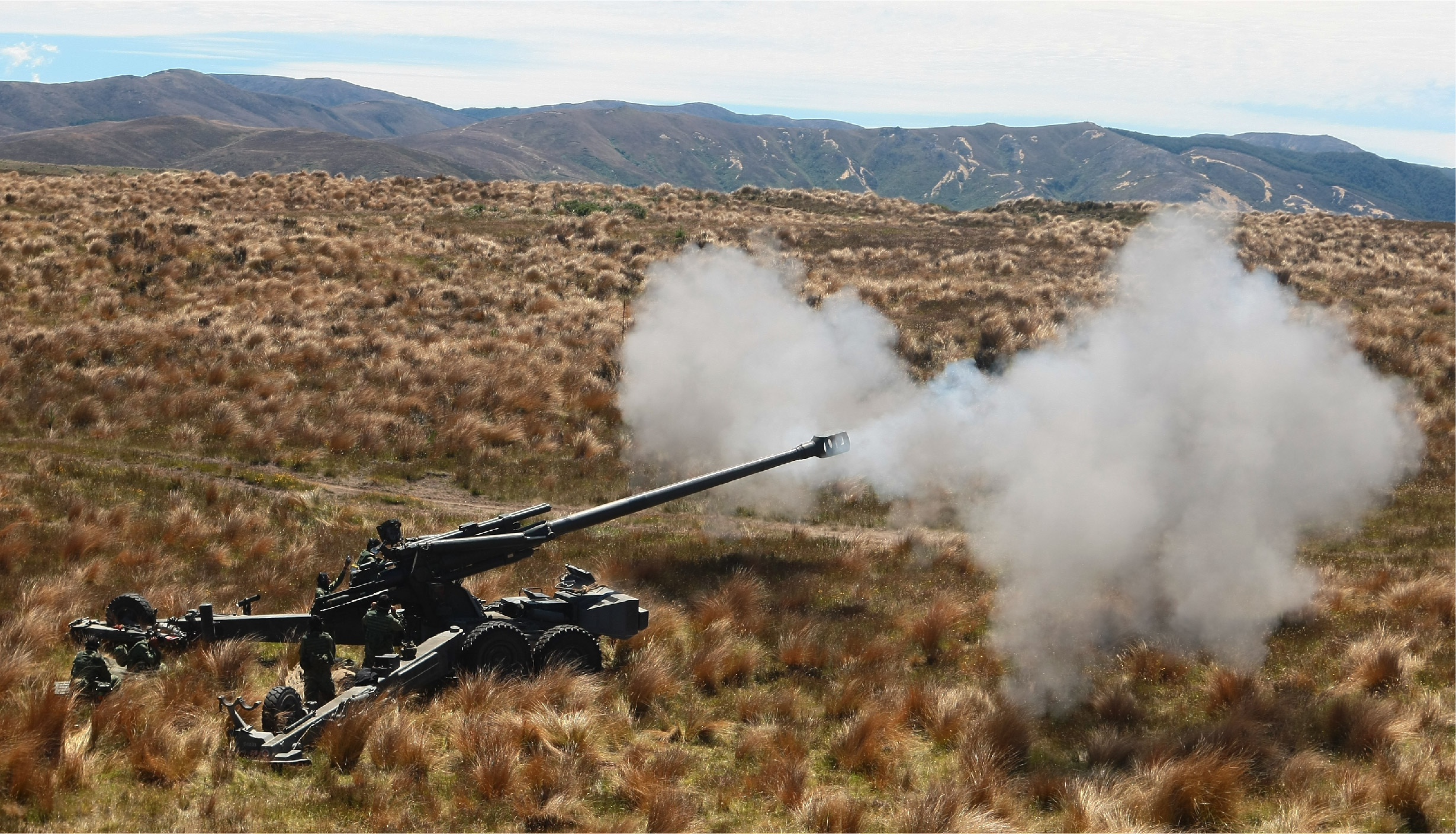
The FH2000 deployed during a live firing exercise
Key Features:
1. 52-Calibre Long-Range Weapon
Enhanced from the FH88, the FH2000 is the world's first 52-calibre howitzer that can be self-propelled. Unlike the manual operation of the FH88, the Breech opening operation of the FH2000 is hydro-pneumatic, enhancing the efficiency of the FH2000 compared to the FH88.
2. Ability to fire up to 40km
The FH2000 requires manual loading of the projectile and needs to be towed by a prime mover over long distances. In addition, the Breech opening operation is hydro-pneumatic unlike the manual operation of the FH88.
2003: Singapore Self-Propelled Howitzer (SSPH) Primus
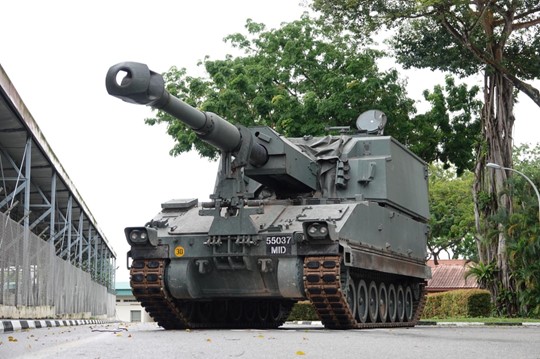
The SSPH Primus, one of the most advanced Howitzer of its class in Southeast Asia at the time.
Key Features:
1. Small Crew Size
The SSPH Primus takes less than a minute to deploy from the move or change its zone of fire. It can operate independently and receive a fire mission on the move, computes firing data, selects and takes up its firing position, and automatically lays the gun before firing and moving out with no external assistance. Currently, the FH88 and FH2000 require a large crew size of eight. However, with automation, the SSPH Primus has reduced the crew size to 4. This has significantly reduced manpower fatigue levels as less manpower is needed to operate the SSPH Primus. FH88 and FH2000 also require manual loading of projectiles on the flick rammer while loading projectiles for SSPH is almost fully automatic.
2. Automated Gun Laying System (GLS), Automated Fire Control System (AFCS), Ammunition Handling System (AHS) and Inertial Navigation System (INS)
Compared to the FH88 and FH2000, the SSPH Primus requires a significantly shorter time to deploy and change to a different firing zone. For greater defence capability, the SSPH Primus has armour protection, unlike its earlier predecessors. Also, the SSPH Primus has semi-automatic loading capability, which significantly reduces the time taken for projectiles to be loaded onto the SSPH Primus. With these features, the SSPH Primus can achieve its "Hide, Shoot and Scoot" tactics to avoid Enemy Counter Fire.
2005: Singapore Light Weight Howitzer (SLWH) Pegasus
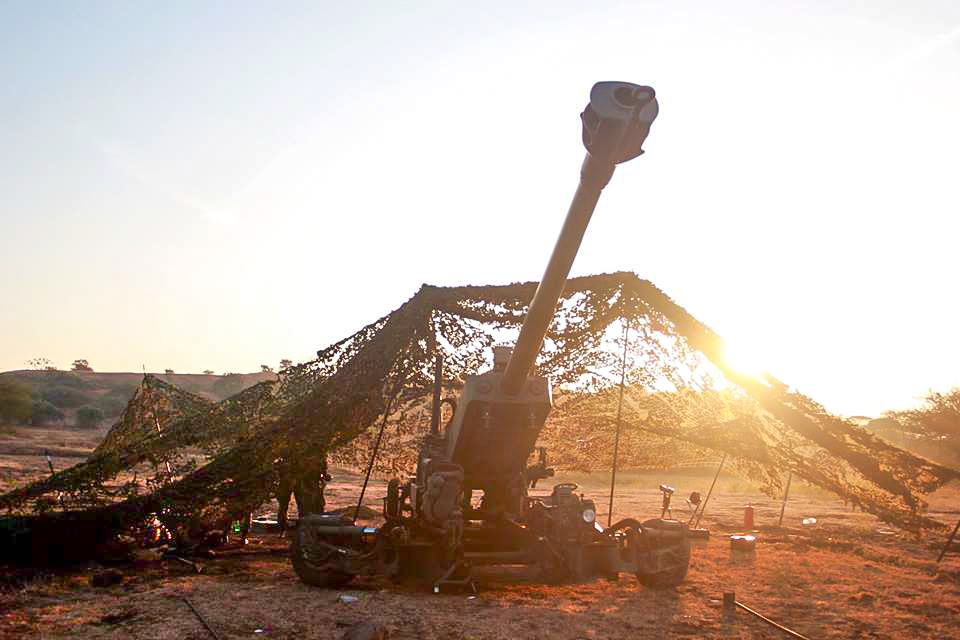
The SLWH Pegasus is both self-propelled and heli-portable by the CH-47D Chinook helicopter
Key Features:
1. Air Transportability
The SLWH Pegasus can be heli-lifted using heavy-lift helicopters such as the CH47D/SD Chinook. In addition, it can be airlifted using tactical air transport such as the C130 Aircraft. As the first self-propelled howitzer that can be heli-lifted, that makes it more versatile than the FH88 and FH2000.
2. Land Mobility
The SLWH Pegasus can be self-propelled on paved roads and cross-country terrain at the max speed of 12km/h. Moreover, it has excellent towing performance with cross-country terrain up to 15km/h and a road speed of up to 50km/h. The left and right main wheels also allow it to be driven in opposite directions and turn at a pivot position.
Mortar Series
1970s: 120mm Standard Mortar
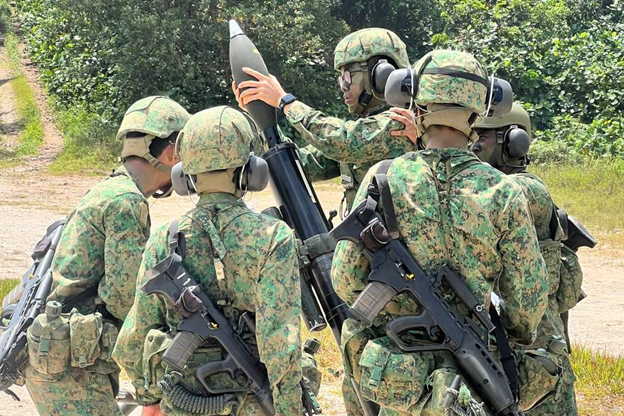
Our soldiers from Singapore Artillery (SA) loading up the 120mm Standard Mortar
Key Features:
1. High Trajectory Weapon
The 120mm Standard Mortar is a high trajectory weapon system which can fire from an elevation of 800 mils to 1420 mils to engage targets at the 6500m and 400m mark respectively. However, It is vulnerable to enemy air or artillery counter-fire due to its limited range and the lack of protection in the open.
2. Mobility
The mortar, which is relatively light in weight, can be towed, heli-lifted, transported by vessels, manhandled or dismantled into four parts to facilitate deployment to support infantry operations. For long distances, it has limited mobility due to the need to be manhandled or towed from point to point.
3. Speed and Simplicity of Deployment.
Operating the mortar requires simple technical actions. A trained detachment of 6-men crew can deploy the mortar in less than a minute and align it to the target area (zero line) in less than 3.5 minutes
.
2006: Mortar Tracked Carrier (MTC)
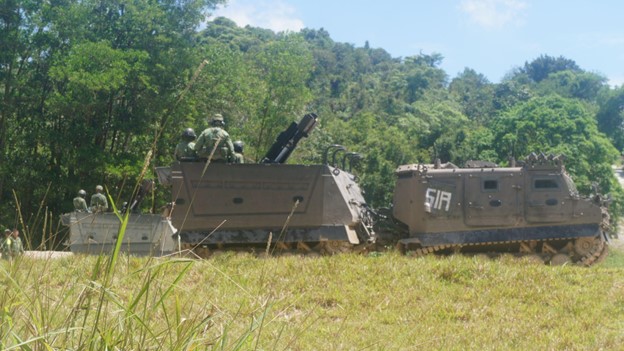
The MTC is suited for jungle warfare as it is a tracked platform which can manoeuvre across difficult terrain
Key Features:
1. Recoiled Mortar System (RMS)
The primary weapon of the MTC is the RMS, which is mounted on the rear flatbed to enable frontal firing, is capable of engaging targets quickly and accurately at a high rate of firing. It also has Additional Armament features, which include a mounted Coaxial Machine Gun (MG) on the Commander's Cupola and six Smoke Grenade Launcher tubes.
2. Mounted on an All-Terrain Track Carrier (BRONCO)
As it is mounted on an All-Terrain Track Carrier (BRONCO), it can easily navigate and manoeuvre across difficult terrain. Crucially, it can be deployed and change positions speedily to provide fire support swiftly, which enhances its survivability. Due to the limitations of the 120mm Standard Mortar, the MTC is designed by having the RMS mounted onto a BRONCO platform to increase its basic protection against enemy fire. There is also a Grenade Launcher System on the MTC, which increases the level of concealment when targeted by enemy counterfire. As it is a tracked platform, the MTC has a lower tendency to be stuck and can support field terrain warfare more effectively.
2021: Belrex Mortar (BM)
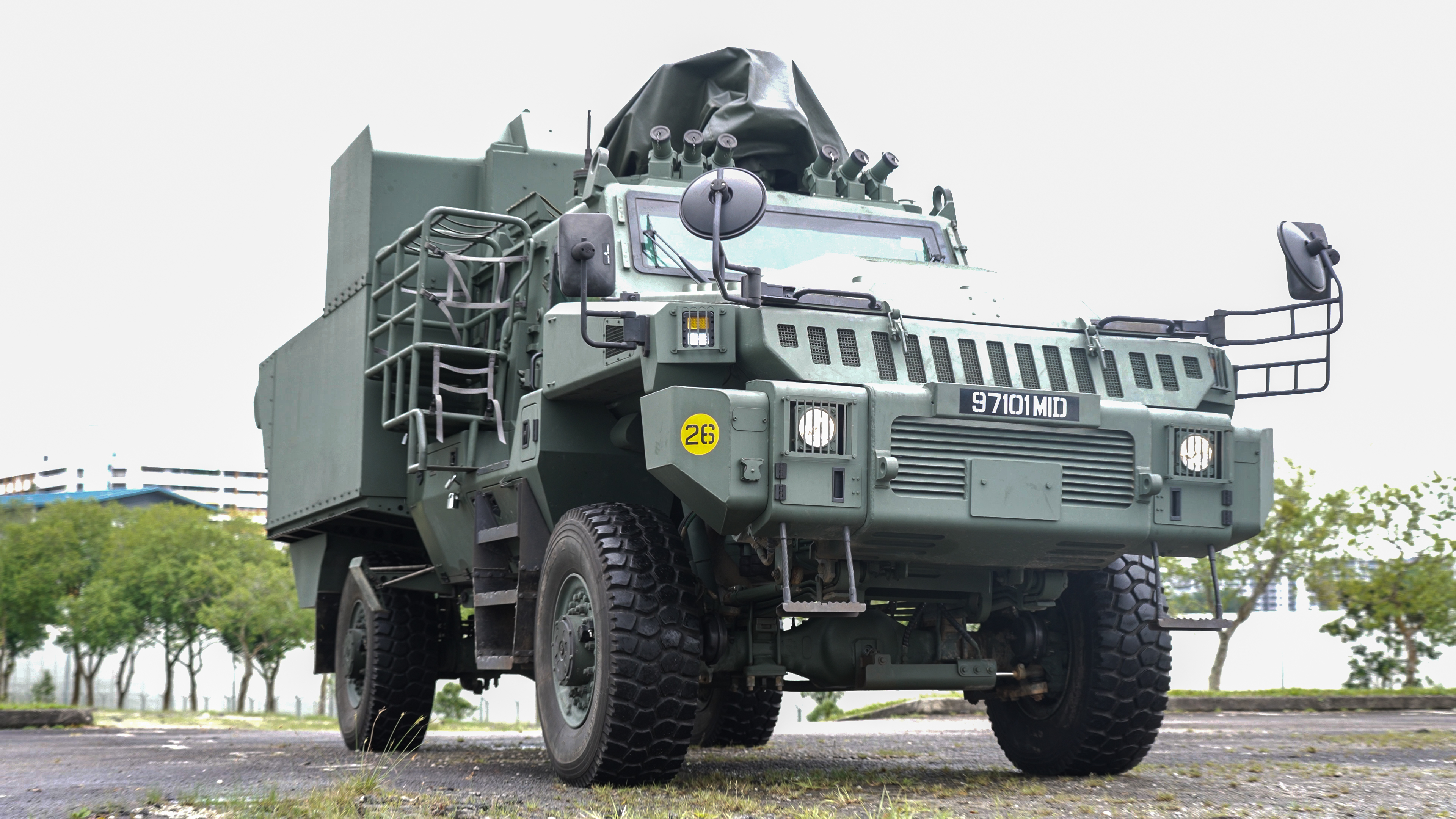
This is the Belrex Mortar, an infantry support vehicle capable of fast mobility and deployment, which also has a high level of ballistic protection
Key Features:
1. High Level of Mobility
The mobility of the BM allows it to navigate, manoeuvre, deploy and change position speedily, which enhances its survivability and responsiveness. Improving from the 120mm Standard Mortar, the BM is highly mobile and requires a significantly smaller number of crew members to operate them compared to the 120mm Standard Mortar. When compared to the MTC, the BM is a wheeled platform with more mobility and is easier to manoeuvre than the MTC. It also has Additional Armament features, including a Remote Machine Gun (RMG) and six Smoke Grenade Launcher tubes. These features make the BM much more suited for supporting urban warfare.
2. Increased Ballistic Protection
The BM provides a higher level of ballistic protection, which can withstand small arms ammunition of up to 7.62mm and fragmentation from explosives. It also has a 120mm Advanced Mortar System (AMS) mounted on a BELREX Protected Combat Support Vehicle (PCSV).
As we celebrate NS55 this year, we thank our servicemen, such as MWO Dorairaj, who have contributed significantly to developing and improving our Artillery Platforms. Similarly, do look forward to the delivery of the Next-Generation Howitzer in 2024, which would replace the current fleet of SSPH Primus and FH2000 guns. By being fully automated, equipped with enhanced fire effectiveness and greater mobility, the Next-Generation Howitzer would be much more effective than its predecessors.
✍️ : PTE Teo Ze Xuan (Army News)
💻 : PTE Samuel Tan (Army News)
📷 : LCP Isaac Wong (Army News), with some photos contributed by SA



